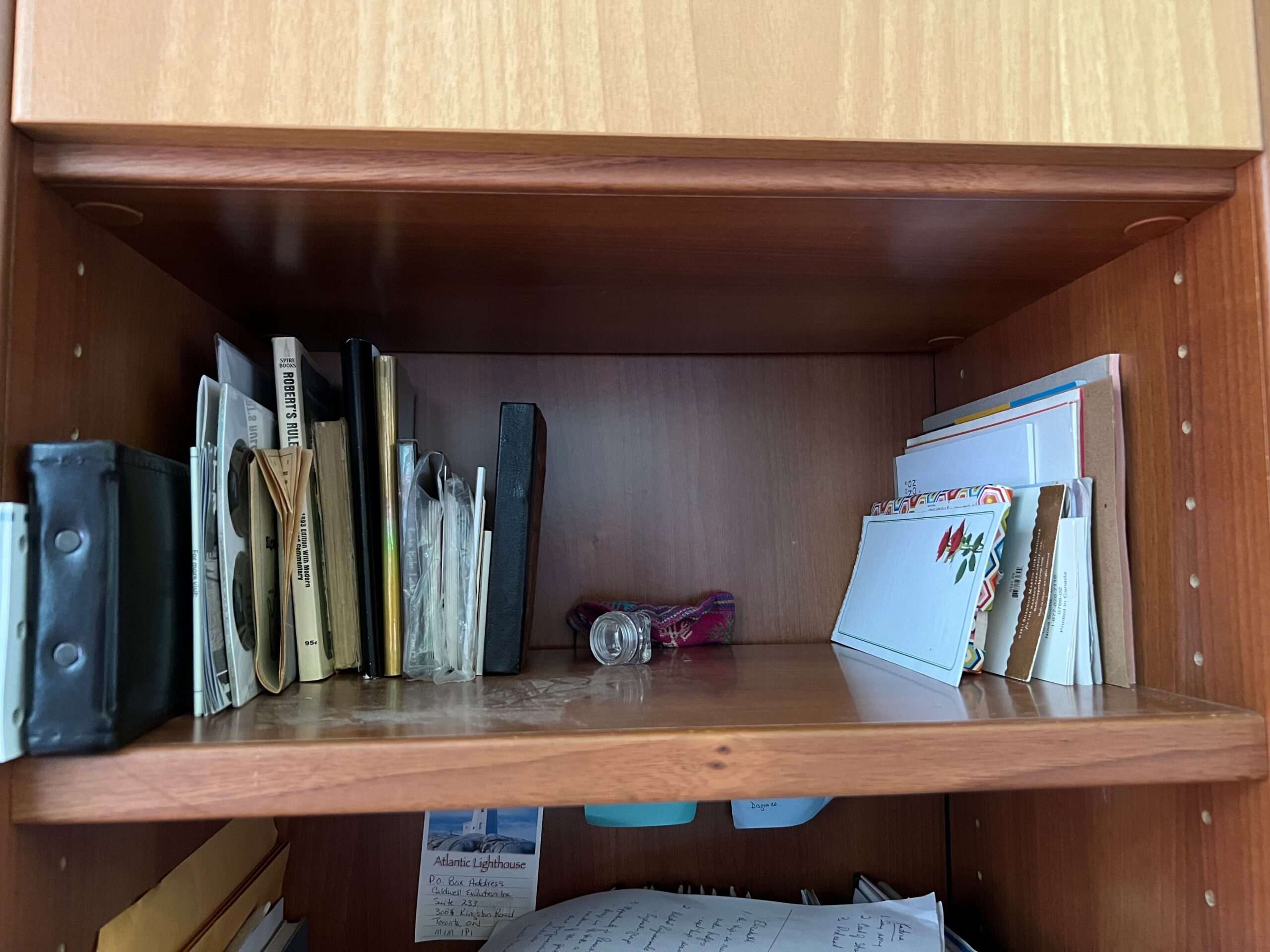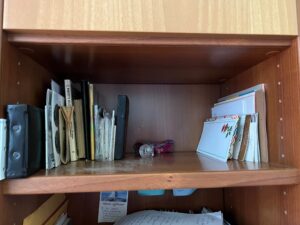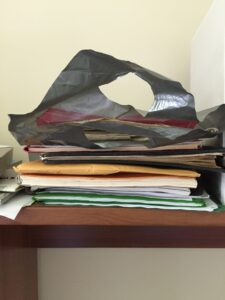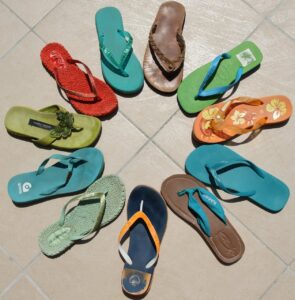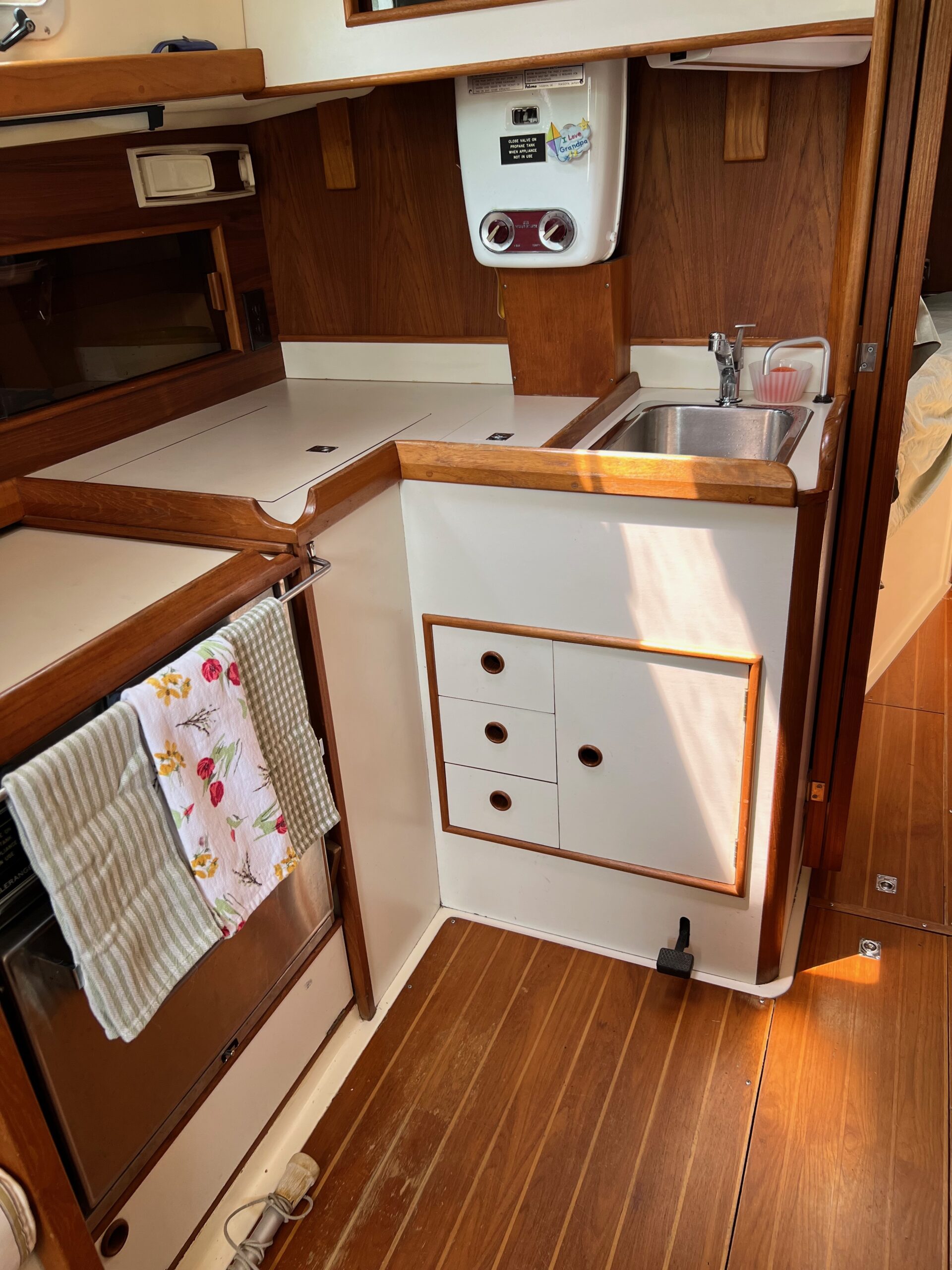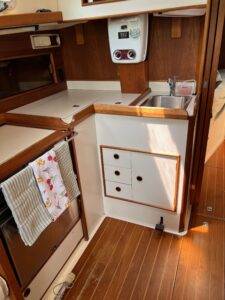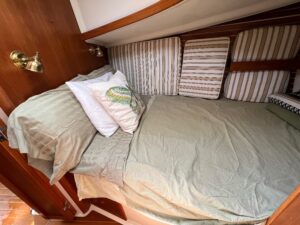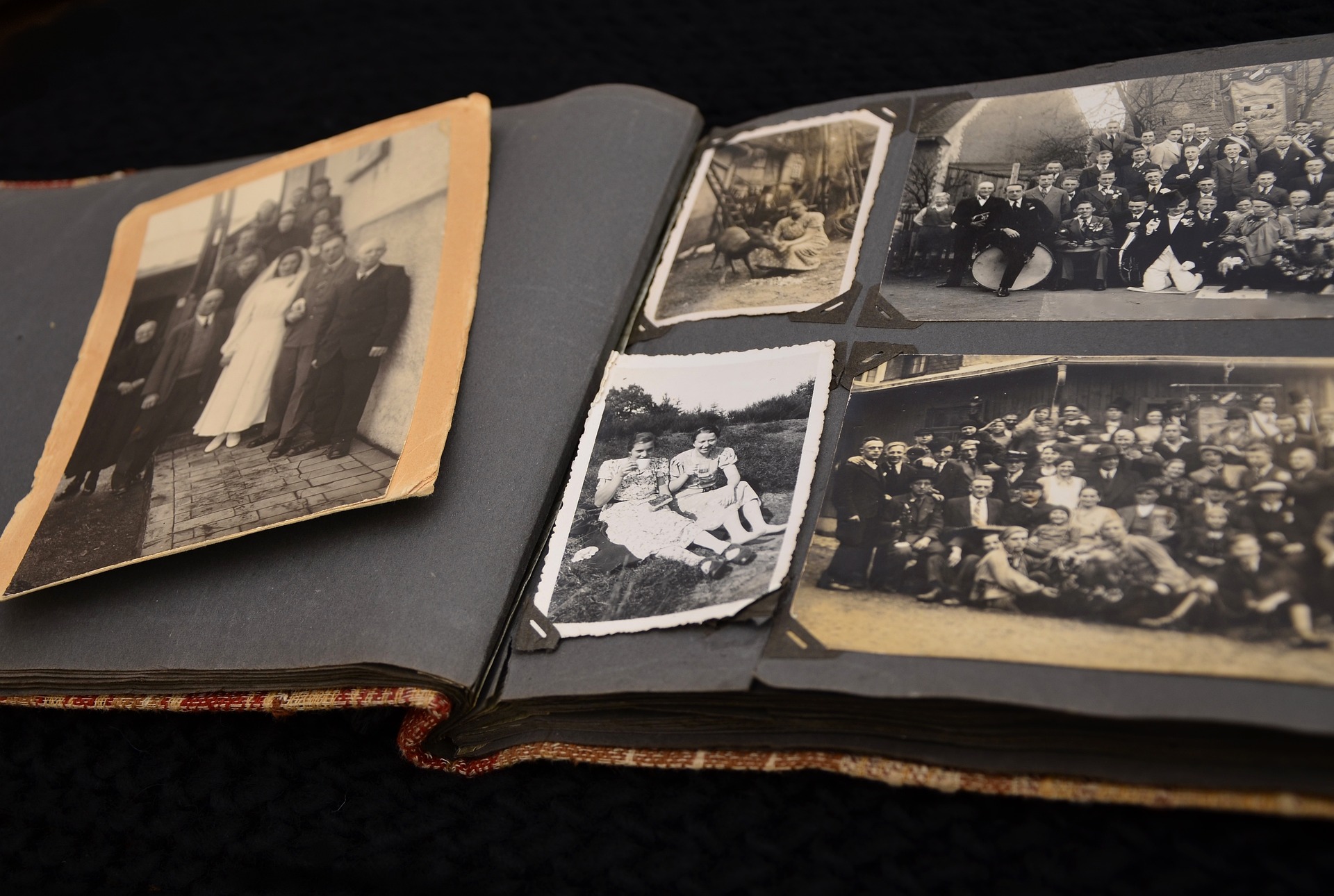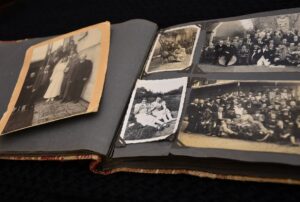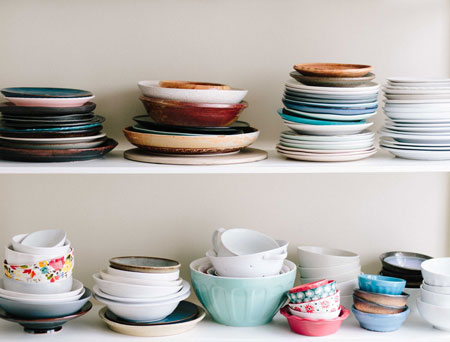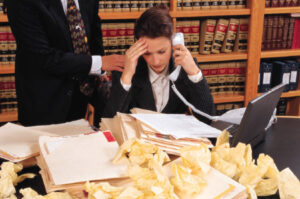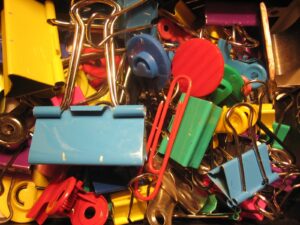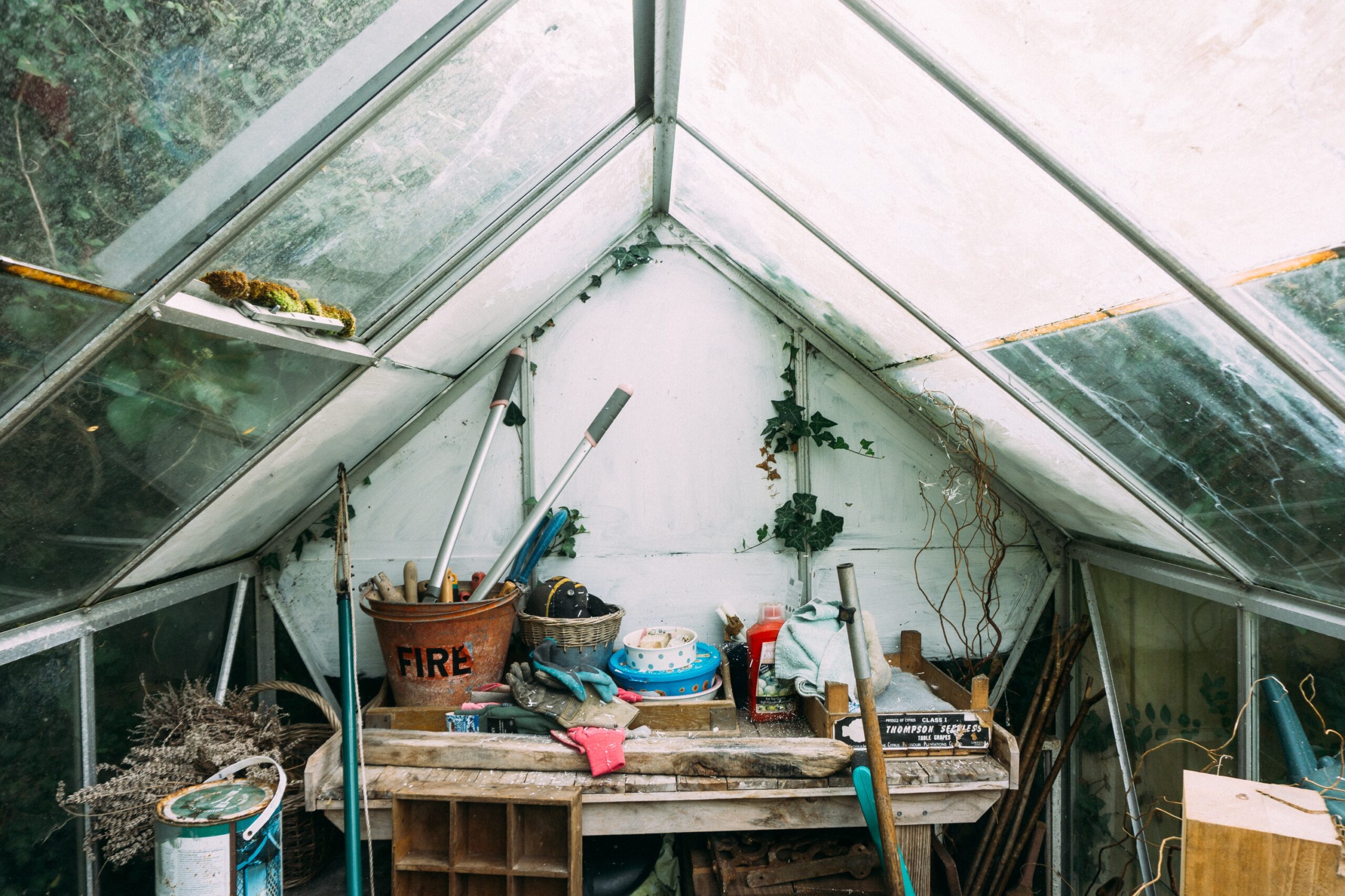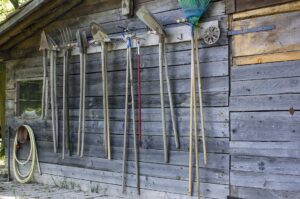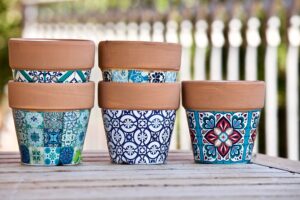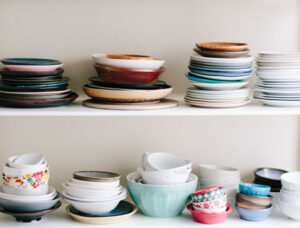 With both the Summer Solstice and a Full Moon, the last weeks of spring promise renewal. The beginning of summer is a time for Mother Nature to bring rebirth to her garden.Try these three easy tips to help you take advantage of that renewal energy.
With both the Summer Solstice and a Full Moon, the last weeks of spring promise renewal. The beginning of summer is a time for Mother Nature to bring rebirth to her garden.Try these three easy tips to help you take advantage of that renewal energy.
Evaluating Before Summer
Tip 1
For some people, the Summer Solstice marks the midpoint of the calendar year. This is an excellent time to reflect on what’s working, what’s not and how far have you come to the goals to which you strive for the year.
For others, the end of June marks the close of a fiscal year end. Evaluating what has worked and what has not for your business will help set you up for success during the next fiscal year.

Setting Intentions
Tip 2
This is a great time to set an intention for your own renewal. What do you bring to this auspicious time of year – the transition from spring into summer? What would you like to accomplish while the weather is warm, the days are long and the garden is plentiful? For the jam makers and berry lovers, in the northern hemisphere Summer Solstice and the Strawberry Full Moon heralds the ripening of strawberries. For many this reminds them that eating fresh from the garden is often still available via farmers markets and self pick market gardens.
Tracking Intentions
Tip 3
 Tracking your progress on intentions is equally important to setting them. We are often so grateful for a relaxed summer atmosphere that we forget we had intentions for healthier eating, more exercise, increased sales calls – or whatever your mid calendar goals might be. Setting up a weekly tracking system will help you stay on track. Is weekly too often? No. Tracking in small increments makes it easier to keep track and stay on track. It helps to keep your goals top of mind from week to week so that success is more likely. And if things are working to head you in the direction of your goals, it is easier to make a shift, tweak or full pivot to the right direction.
Tracking your progress on intentions is equally important to setting them. We are often so grateful for a relaxed summer atmosphere that we forget we had intentions for healthier eating, more exercise, increased sales calls – or whatever your mid calendar goals might be. Setting up a weekly tracking system will help you stay on track. Is weekly too often? No. Tracking in small increments makes it easier to keep track and stay on track. It helps to keep your goals top of mind from week to week so that success is more likely. And if things are working to head you in the direction of your goals, it is easier to make a shift, tweak or full pivot to the right direction.
Summer Solstice and the Strawberry full moon provide an excellent opportunity for a check-in, have way through the year. Use these three tips of reflection, setting intentions and tracking progress to get and keep you on track. Make this year your best ever.


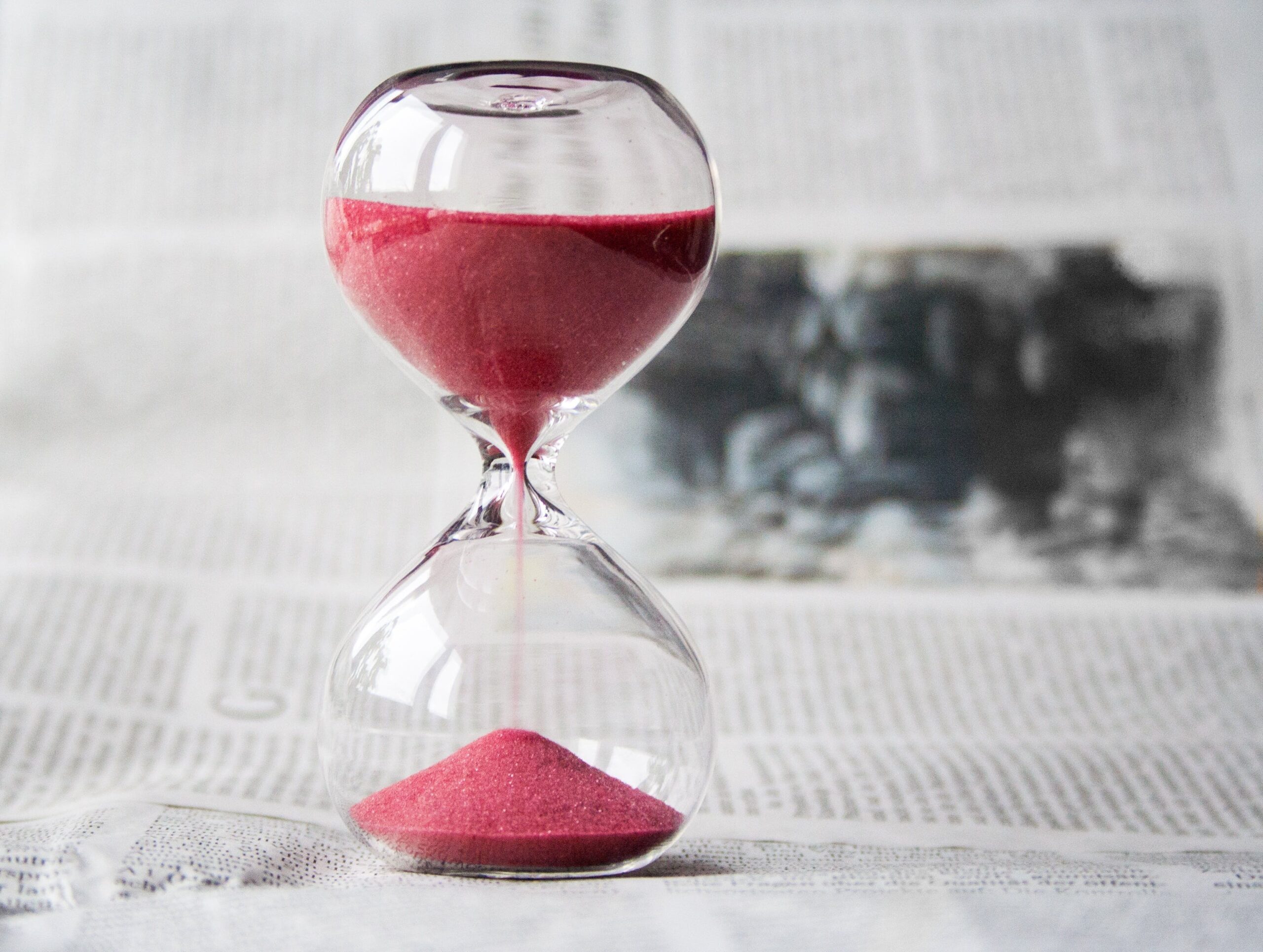
 Time management is likely the number two complaint of my clients, right behind clutter. The reality is, we don’t manage time we manage tasks and ourselves.
Time management is likely the number two complaint of my clients, right behind clutter. The reality is, we don’t manage time we manage tasks and ourselves.



